Discover the ultimate dry Memphis rub recipe with exact measurements, expert application tips, and top brand comparisons. This authentic blend from Memphis, Tennessee, creates perfect bark on ribs and other meats without sauce—just pure smoky-sweet flavor. Whether you're a beginner or seasoned pitmaster, this guide has everything you need to master Memphis-style BBQ at home.
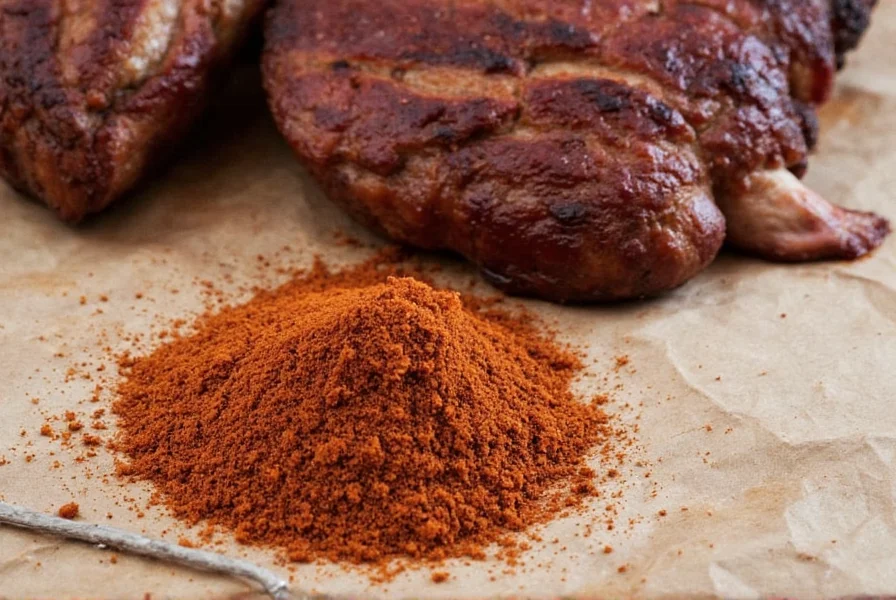
Table of Contents
- What Is Dry Memphis Rub?
- Dry Memphis Rub Recipe (Exact Measurements)
- How to Use Dry Memphis Rub Like a Pitmaster
- Homemade vs Commercial Rubs: Which is Better?
- Buying Guide: What to Look for When Choosing a Dry Memphis Rub
- Popular Brands Compared
- Frequently Asked Questions
- Conclusion: Spice Up Your Grill with Dry Memphis Rub
What Is Dry Memphis Rub?
A dry Memphis rub is a spice blend used to season meat before slow cooking. Unlike saucy Kansas City or vinegar-based Carolina styles, Memphis-style BBQ relies solely on a dry rub to create a flavorful bark on the meat. This iconic blend balances sweetness from brown sugar with subtle heat from cayenne, creating complex flavor without overpowering the meat.
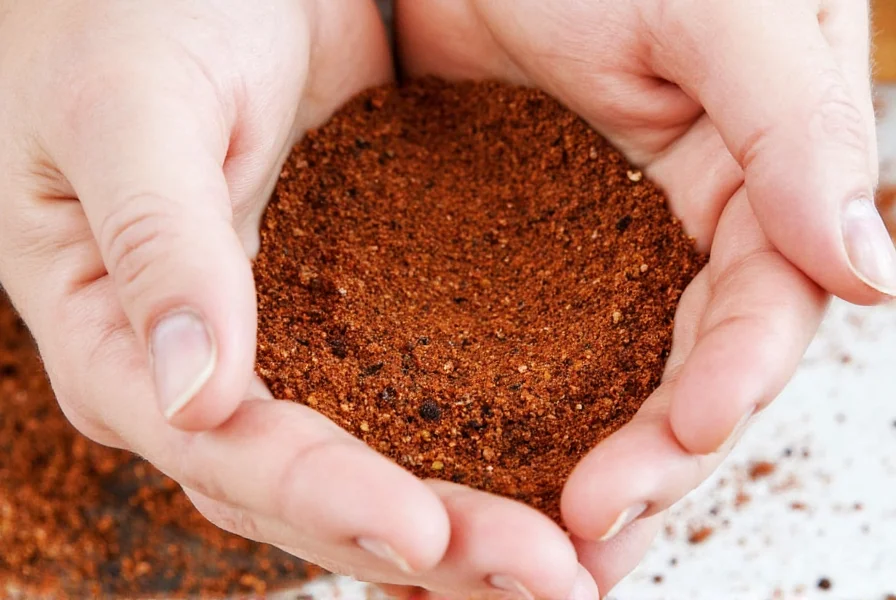
Dry Memphis Rub Recipe (Exact Measurements)
| Ingredient | Amount | Role in the Rub |
|---|---|---|
| Brown Sugar | 1/4 cup | Sweetness, bark formation |
| Paprika | 2 tbsp | Color, mild heat, earthiness |
| Garlic Powder | 1 tbsp | Savory depth, umami |
| Onion Powder | 1 tbsp | Savory layers, caramelization |
| Cayenne Pepper | 1 tsp | Heat and complexity |
| Black Pepper | 1 tsp | Warmth and brightness |
| Salt | 1 tbsp | Flavor enhancer |
| Mustard Powder (optional) | 1 tsp | Tanginess, binding agent |
For best results, combine all ingredients in a bowl and mix thoroughly. Store in an airtight container for up to 6 months. This recipe makes approximately 1 cup of rub—enough for 4-6 racks of ribs.
How to Use Dry Memphis Rub Like a Pitmaster
Using a dry Memphis rub correctly is key to achieving perfect bark and flavor. Follow these professional techniques:
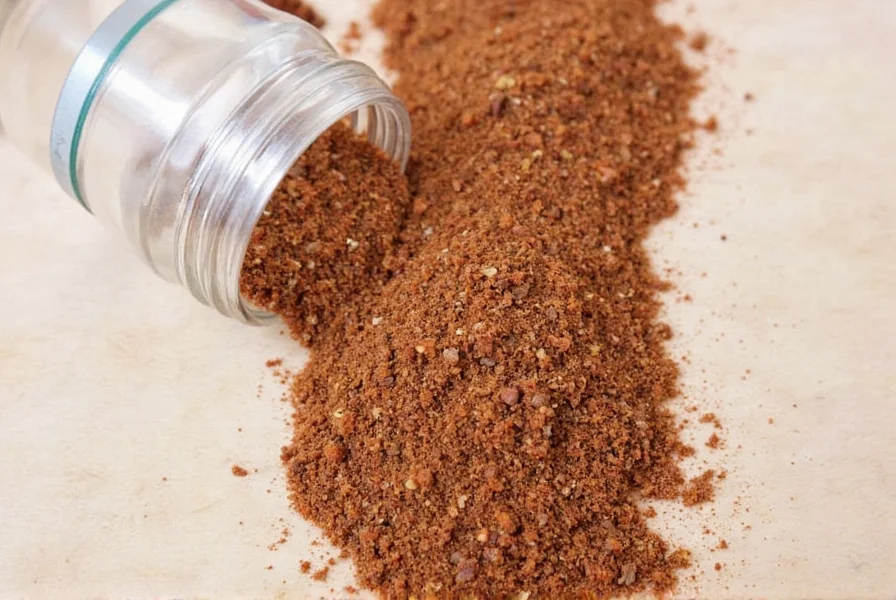
- Choose the Right Meat: While ribs are iconic, this rub works wonders on pork shoulder, chicken thighs, brisket, and even grilled vegetables.
- Pat Dry Before Applying: Moisture prevents proper adhesion. Use paper towels to remove all surface moisture for maximum bark development.
- Apply Generously: Use 1-2 tablespoons per pound of meat for a thick, even coating. Rub into all crevices for full coverage.
- Rest for 1-24 Hours: Refrigerate uncovered for at least 30 minutes (ideally overnight) to allow salt to penetrate and flavors to meld.
- Cook Low and Slow: Smoke at 225°F (107°C) until internal temperature reaches 195-205°F (90-96°C). No sauce needed!
- Optional Spritzing: Every 45 minutes, lightly spritz with apple juice or water to keep the rub moist and build better crust.
Homemade vs Commercial Rubs: Which is Better?
Both options have merits. Here's how they compare based on real-world testing:
| Aspect | Homemade Rub | Commercial Rub |
|---|---|---|
| Customization | Full control over spice levels and ingredients | Limited options; pre-mixed ratios |
| Freshness | Always fresh; no preservatives | Varying shelf life; may contain anti-caking agents |
| Cost | ~$0.50 per batch (vs $5-$15 for commercial) | Convenient but higher long-term cost |
| Flavor Depth | More complex; no fillers | Can be generic or overly sweet |
Buying Guide: What to Look for When Choosing a Dry Memphis Rub
When selecting commercial blends, prioritize these features:
- Balance of Sweet and Spicy: Look for brown sugar as the first ingredient but with noticeable heat from cayenne or chili powder
- Whole Spices Only: Avoid rubs with fillers like cellulose, maltodextrin, or artificial flavors
- Reputation: Choose brands with proven BBQ expertise (e.g., Stubb's, Memphis BBQ Company)
- Packaging: Resealable bags or jars with oxygen absorbers preserve freshness
- Allergen Info: Check for gluten-free or dairy-free certifications if needed
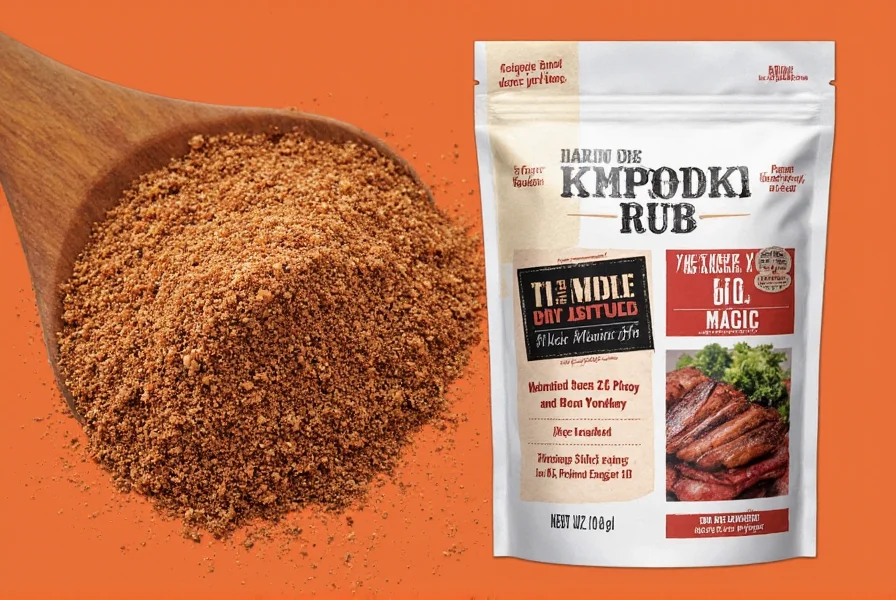
Popular Brands Compared
Based on professional pitmaster reviews and taste tests:
| Brand | Key Features | Best For | Pro Tip |
|---|---|---|---|
| Stubb's Original Bar-B-Q Rub | Balanced sweetness, no artificial ingredients, authentic Memphis profile | Purists and traditionalists | Perfect for pork ribs; use 1.5x amount for beef |
| Carolina Sauce Co. Memphis Style Rub | Lighter sugar, higher heat, no fillers | Spice lovers and chicken applications | Combine with honey glaze for perfect balance |
| Bad Byron's Butt Rub | Heavy paprika, minimal sugar, bold pepper notes | Beef and lamb enthusiasts | Use 20% less than recommended for delicate meats |
| Weber Memphis-Style Rub | Family-friendly flavor, consistent results | Beginners and weeknight grilling | Great for burgers and kebabs; add smoked paprika for depth |
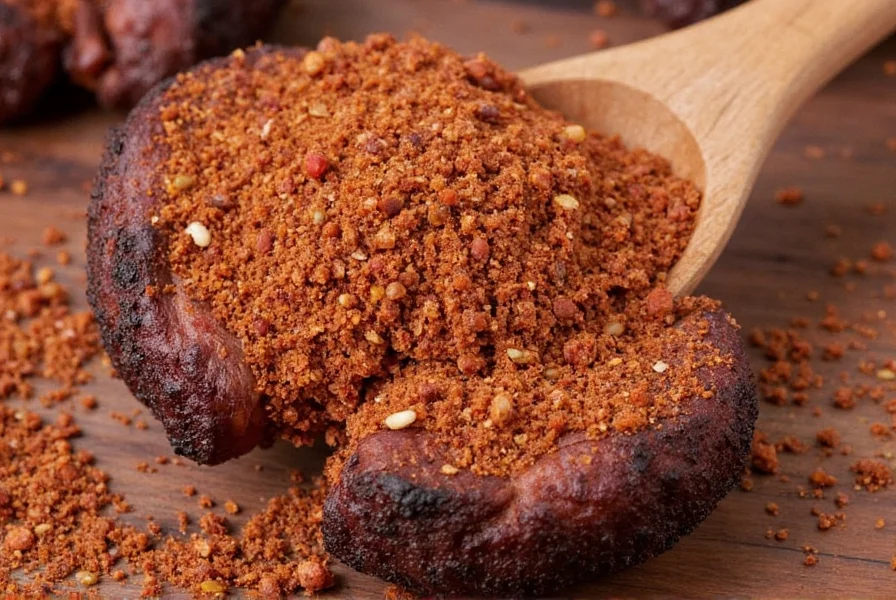
Frequently Asked Questions About Dry Memphis Rub
What makes a dry Memphis rub different from other BBQ rubs?
A dry Memphis rub is defined by its perfect balance of sweet (brown sugar) and spicy (cayenne) flavors with no liquid ingredients. Unlike Kansas City style (sauce-heavy) or Carolina style (vinegar-based), Memphis-style relies solely on the dry rub to create bark during low-and-slow cooking. The classic ratio is 4:1 sugar-to-spice, with paprika providing color and depth.
How long should I let the dry rub sit on ribs before smoking?
For optimal flavor penetration and bark formation, let the rub rest on ribs for 1-24 hours in the refrigerator. The salt needs time to draw out moisture and then reabsorb, creating a flavorful crust. Overnight (12+ hours) is ideal for maximum results.
Can I use dry Memphis rub on meats other than ribs?
Absolutely! While pork ribs are traditional, this rub works exceptionally well on pork shoulder (for pulled pork), chicken thighs, brisket, and even grilled vegetables. Adjust the application amount: use 1 tbsp per pound for chicken and 2 tbsp for beef cuts. For vegetables, reduce sugar by 25% to prevent burning.
Do I need to add oil before applying dry Memphis rub?
Not recommended. Dry Memphis rub adheres best to completely dry meat surfaces. Adding oil can prevent proper bark formation by creating a barrier. If your meat is very dry, a light mist of water or apple juice is preferable to oil. Mustard can be used as a binder, but apply sparingly to avoid altering the flavor profile.
Why isn't my bark forming properly when using dry Memphis rub?
Common causes include: 1) Moisture on meat surface (pat dry thoroughly), 2) Cooking temperature too high (keep below 250°F), 3) Excessive spritzing (limit to every 45 minutes), 4) Too much sugar in rub (use 1/4 cup per batch max), or 5) Inadequate resting time (minimum 1 hour). For perfect bark, ensure proper meat prep, low-and-slow cooking, and balanced rub ingredients.
How should I store homemade dry Memphis rub?
Store in an airtight glass jar away from heat and light. For maximum freshness (up to 12 months), add an oxygen absorber packet. Avoid plastic containers which can absorb odors. If clumping occurs, break up with a fork—this doesn't affect quality. Never refrigerate dry rubs as moisture will degrade them.
Can I make a dry Memphis rub without sugar for a keto diet?
Yes! Replace brown sugar with keto-friendly sweeteners like erythritol or allulose (1:1 ratio). To compensate for lost sweetness, increase paprika by 25% and add 1 tsp of smoked paprika for depth. Mustard powder should also be increased to 1.5 tsp to maintain the traditional flavor profile. This version works perfectly for keto-friendly ribs and chicken.
Is dry Memphis rub supposed to be spicy?
Traditional Memphis dry rub has a balanced heat level—not overly spicy but with noticeable warmth. The cayenne should complement the sweetness without dominating. For heat control: use 1 tsp cayenne for mild, 1.5 tsp for medium, and 2 tsp for hot versions. Many Memphis BBQ restaurants offer "sweet" (low heat) and "hot" (high heat) options alongside their standard rub.
Conclusion: Spice Up Your Grill with Dry Memphis Rub
A well-crafted dry Memphis rub transforms ordinary meat into barbecue perfection. With its signature sweet-spicy balance and bark-forming magic, this rub is the cornerstone of authentic Memphis-style BBQ. Whether you make it at home using our exact recipe or choose a trusted commercial brand, mastering this blend unlocks endless flavor possibilities. Fire up your smoker, apply generously, and let the dry rub do the work—your taste buds will thank you.

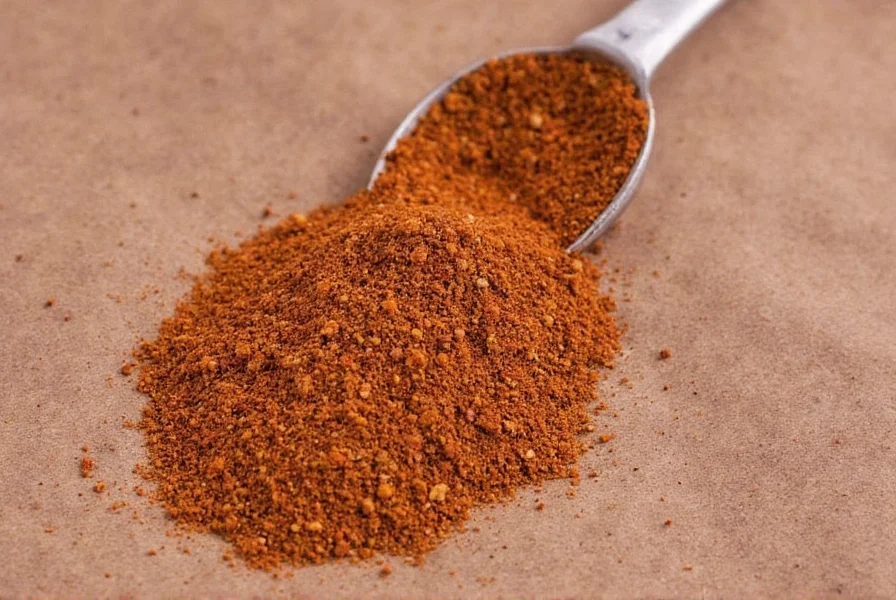









 浙公网安备
33010002000092号
浙公网安备
33010002000092号 浙B2-20120091-4
浙B2-20120091-4